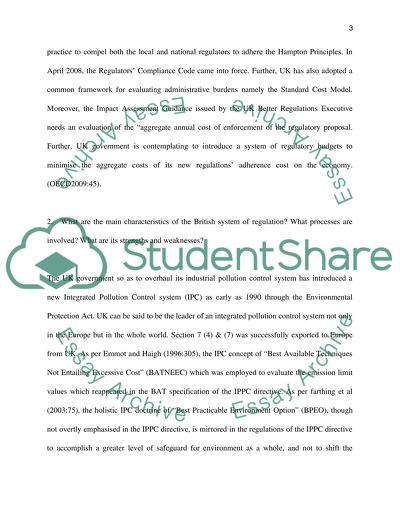Cite this document
(“Regulatory bodies are best placed to secure environmental protection Essay”, n.d.)
Retrieved from https://studentshare.org/environmental-studies/1420782-regulatory-bodies-are-best-placed-to-secure
Retrieved from https://studentshare.org/environmental-studies/1420782-regulatory-bodies-are-best-placed-to-secure
(Regulatory Bodies Are Best Placed to Secure Environmental Protection Essay)
https://studentshare.org/environmental-studies/1420782-regulatory-bodies-are-best-placed-to-secure.
https://studentshare.org/environmental-studies/1420782-regulatory-bodies-are-best-placed-to-secure.
“Regulatory Bodies Are Best Placed to Secure Environmental Protection Essay”, n.d. https://studentshare.org/environmental-studies/1420782-regulatory-bodies-are-best-placed-to-secure.


